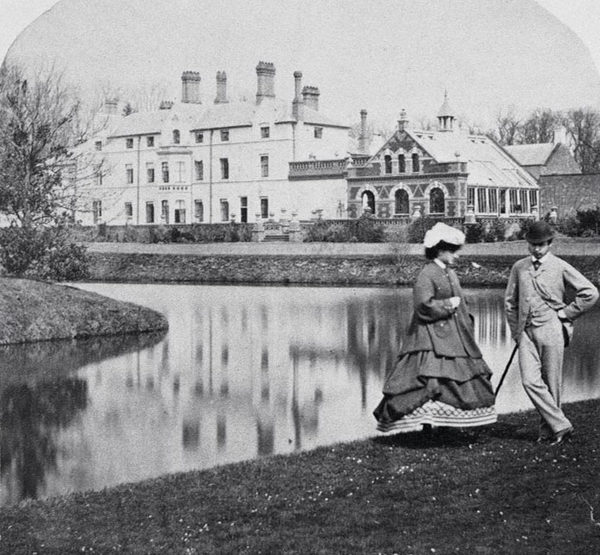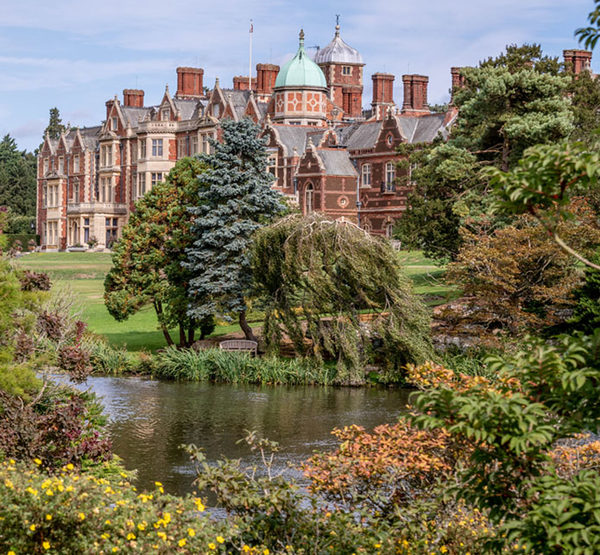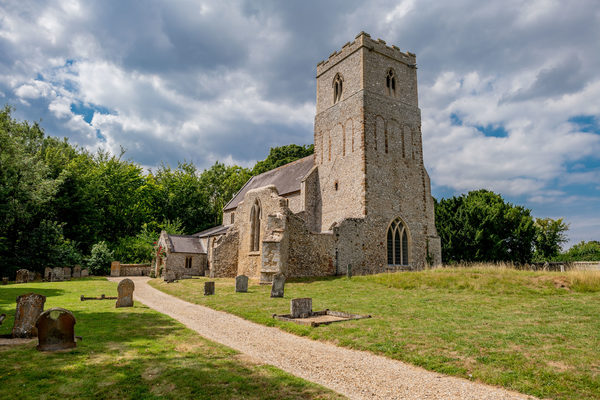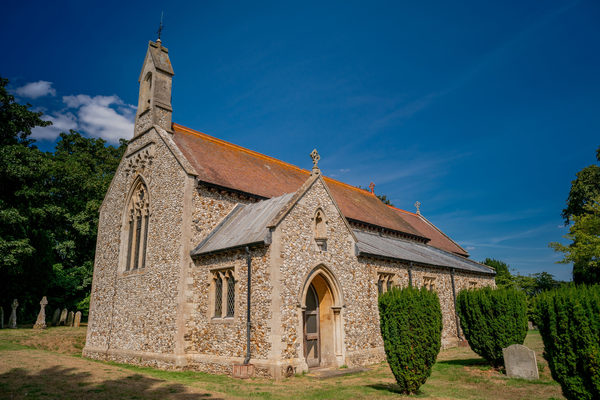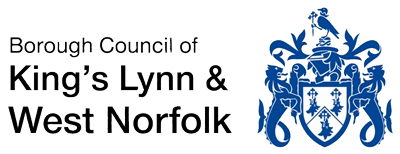Sandringham House was built in 1870 by the Prince and Princess of Wales, later King Edward VII and Queen Alexandra, Sandringham was once described as 'The most comfortable house in England'. It has been passed down as a private home through four generations of British monarchs and is now the country retreat of Her Majesty The Queen and His Royal Highness The Duke of Edinburgh.
Opening:
Sandringham House & Gardens will reopen from 8th August 2020 for select dates, opening from Saturdays - Tuesdays.
Book Tickets online here: https://sandringhamestate.co.uk/tickets
Parking:
We have two car parks at Sandringham, the North and West car parks. The North car park is where the coach and also the disabled parking facilities are situated, this is the nearest car park to the Visitor Centre.
Visitors to the House & Gardens will not be charged for parking. Please ensure on purchasing your admission ticket that you give your car registration to the cashier in order to claim your free parking.
The main ground floor rooms, regularly used by the Royal Family, are open to the public and the decor and contents remain very much as they were in Edwardian times. Both Queen Alexandra and later Queen Mary were great collectors of objets d'art. Members of the Russian and European Royal Families were frequent guests at Sandringham and brought gifts of enamel, silver and silver-gilt: Kaiser Wilhelm I of Germany gave a fine Dresden porcelain chandelier and mirror frame. The walls are hung with family portraits by the leading contemporary court painters: Heinrich von Angeli, Sir Luke Fildes, Franz Winterhalter and Edward Hughes. An important collection of oriental arms and armour is housed at Sandringham, brought back from the Far East and India in 1876.
The Museum at Sandringham holds an extraordinary collection ranging from the very large - the 1939 Merryweather fire engine - to the very small - tiny Indian doll dancers in the Curio Cupboard - and from the grand - gifts in pearl and exotic hardwoods given to The Queen on State Visits abroad - to the personal - the clock used in the Royal Pigeon Lofts at Sandringham to time Her Majesty's racing pigeons. It is housed in the former coach houses and stable block that, over the years have also been used as police post, fire brigade station, Carving School and Royal garages. In addition, a special exhibition in the Museum is changed each year.
Sandringham House is set in 24 hectares of glorious gardens, perhaps the finest of all the Royal gardens. Every generation of the Royal Family that has lived here has added something of their own times and tastes, from the peace of the woodland walks to the drama of the carrstone rockeries, from the formality of the North Garden with its pleached lime avenues to the intimacy of the Stream Walk.
The original gardens of Sandringham Hall have been extensively altered since 1862. In the 1870s, the original lake to the west of the House was drained, filled in and planted with elaborate formal parterres. Two new lakes were excavated, dotted with small islands and edged in places with carrstone; a romantic rockery and grotto were created and a picturesque valley formed to direct water from natural springs down a dell into the upper lake. In 1913, a charming summerhouse called The Nest was built for Queen Alexandra on the rockery overlooking the Lake and the Dell, and all this splendour was kept immaculate by a huge workforce.
Queen Alexandra’s death in 1925, her son King George V’s death in 1936 and the outbreak of the Second World War led to inevitable changes and rationalisations in the reign of King George VI, and the labour-intensive parterres and borders, dug up during the War, were replaced by sweeping lawns. Sir Geoffrey Jellicoe was employed to create the North Garden, edged in box and bordered by pleached lime avenues. In the 1960s The Queen invited Sir Eric Savill, famous for his gardens at Windsor, to re-landscape the Woodland Walk and the Bog Gardens, and in 1996 the then Head Gardener created the beautiful Stream Walk.
